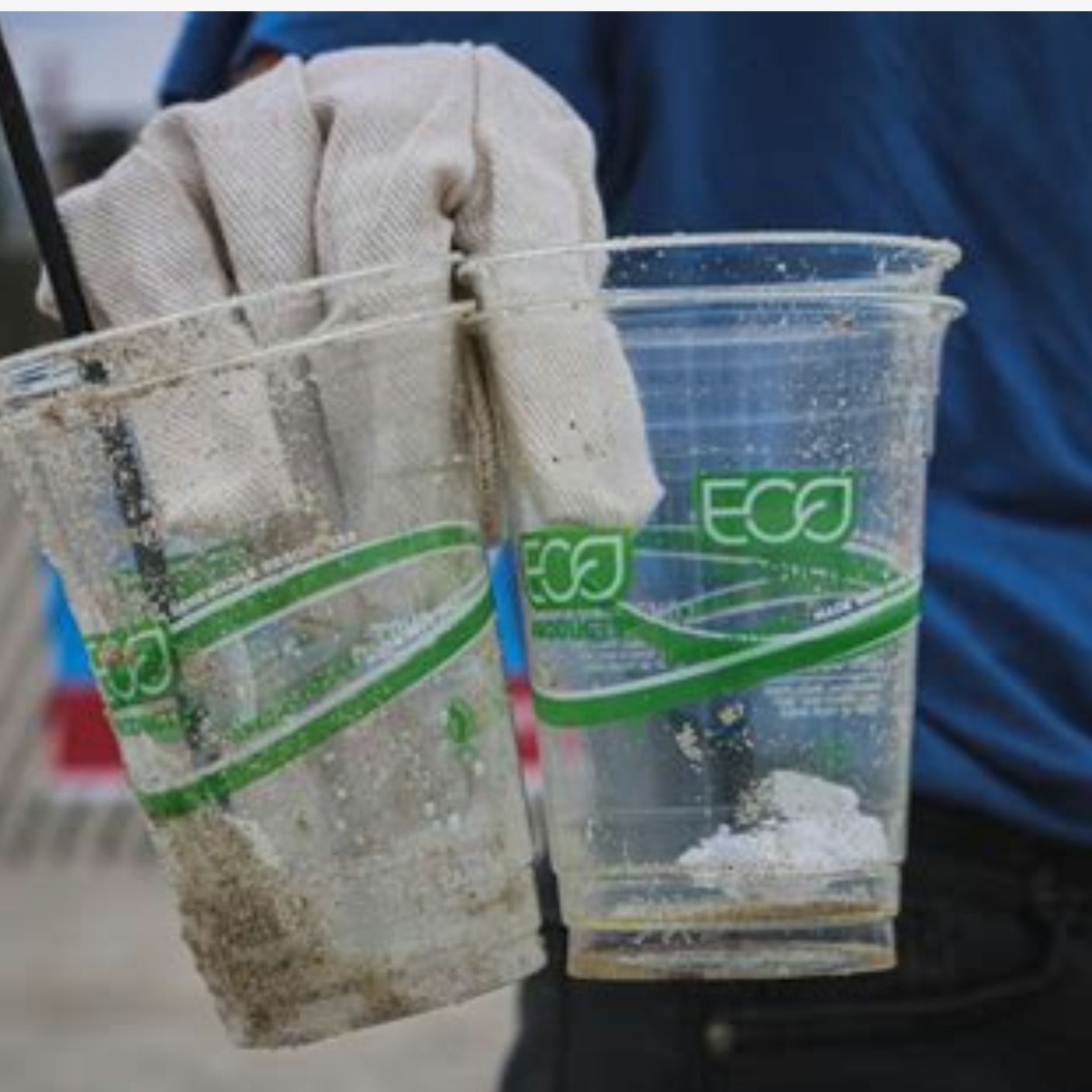In today’s world, consumers are becoming more conscious of their purchasing decisions, especially when it comes to sustainability. But as demand for eco-friendly products grows, so does the rise of greenwashing—a marketing tactic used by companies to falsely portray their products or services as environmentally friendly. Learning how to spot greenwashing is essential for anyone committed to supporting genuinely ethical brands and making more sustainable choices.
In this post, we’ll explore how to identify greenwashing, the signs to look out for, and how to choose brands that truly prioritize sustainability and ethical practices. Let’s dive into the world of conscious consumerism and discover how to make a difference with every purchase.
Table of Contents
ToggleWhat is Greenwashing?
Greenwashing is when a company uses misleading or deceptive claims about the environmental benefits of their products or practices to attract eco-conscious consumers. Rather than genuinely improving sustainability, these brands simply “green” their image to appear environmentally responsible. While the intention behind greenwashing may vary, the outcome is always the same: it misleads well-meaning consumers.
Common greenwashing tactics include:
- Vague language: Words like “eco-friendly,” “green,” or “natural” that sound good but lack specific details or evidence to back them up.
- Misleading labels: Logos or claims that imply environmental benefits without certification or verification (e.g., “biodegradable” without clarifying the timeline or process).
- Hidden trade-offs: Companies promoting one small sustainable aspect of their product while ignoring other harmful practices (e.g., using recycled materials but still relying heavily on fossil fuels for production).
The more you learn to recognize these signs, the better equipped you’ll be to make ethical choices.
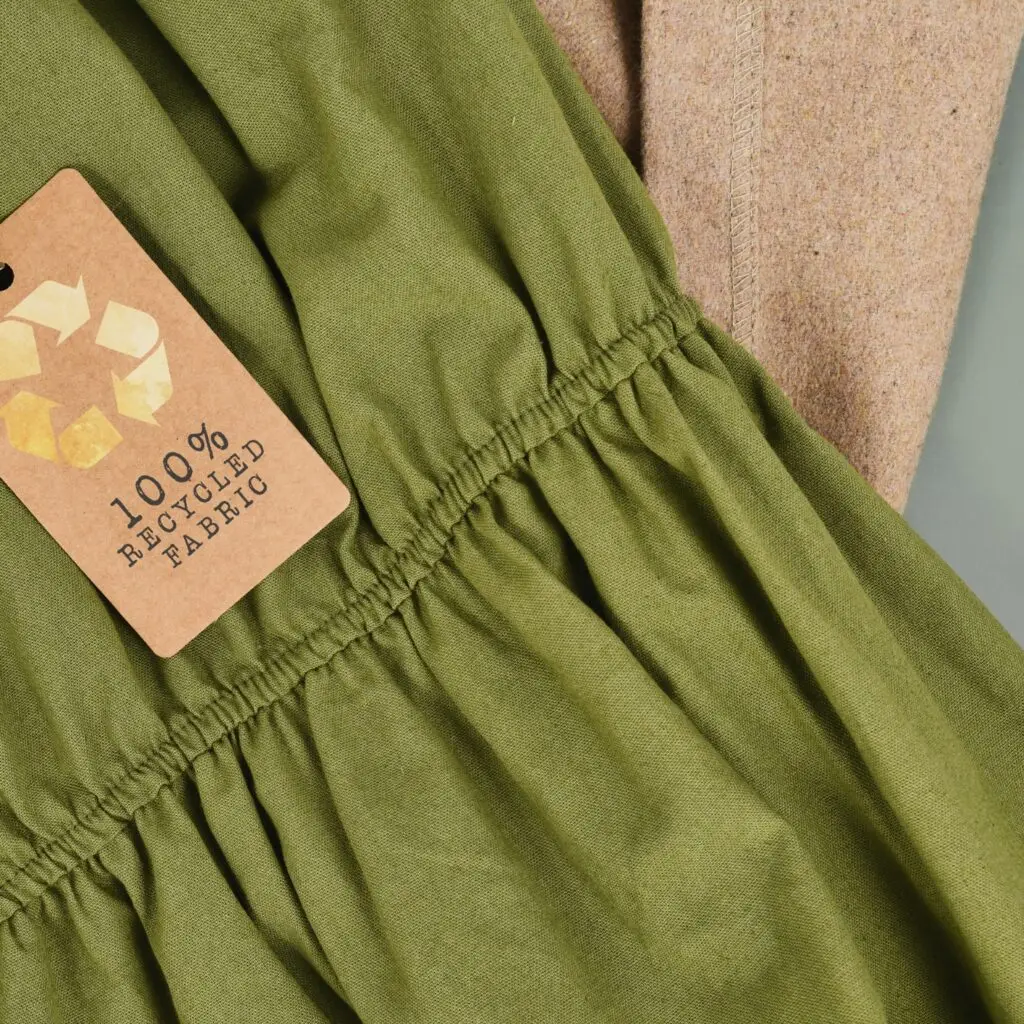
Red Flags of Greenwashing
To spot greenwashing, here are some red flags to look out for when considering a product or brand:
1. Lack of Clear, Verified Claims
A legitimate sustainable brand will provide detailed information about how they are eco-friendly and back it up with third-party certifications. For example, certifications like Fair Trade, GOTS (Global Organic Textile Standard), or B Corp show that the company meets strict environmental and social criteria. If a brand makes bold environmental claims but doesn’t provide clear, verifiable information, it’s likely greenwashing.
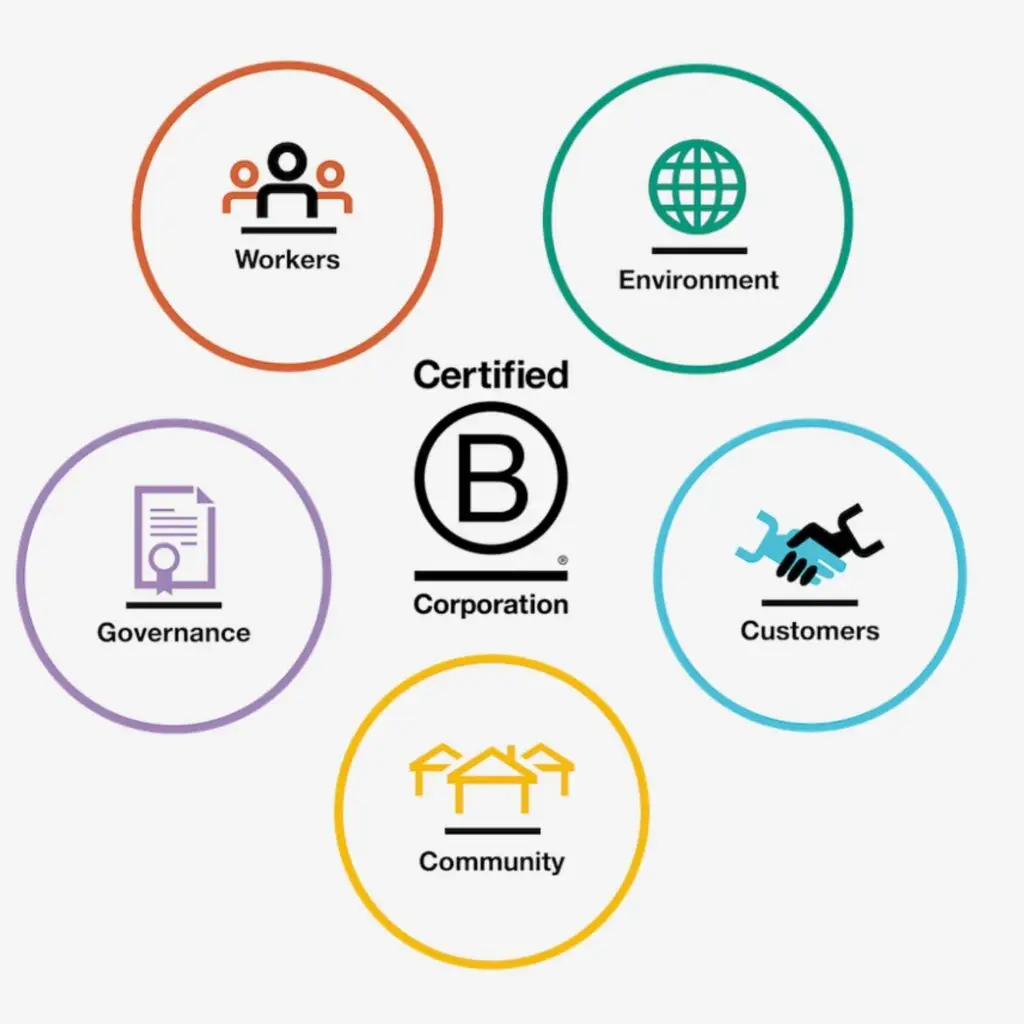
2. Exaggerated Claims Without Proof
Be wary of brands that make grandiose claims about being “100% sustainable” or “entirely eco-friendly.” No product is entirely free from environmental impact, so a company claiming to have zero impact should raise suspicion. Instead, look for transparency—companies should admit their challenges and provide evidence of their sustainable practices.
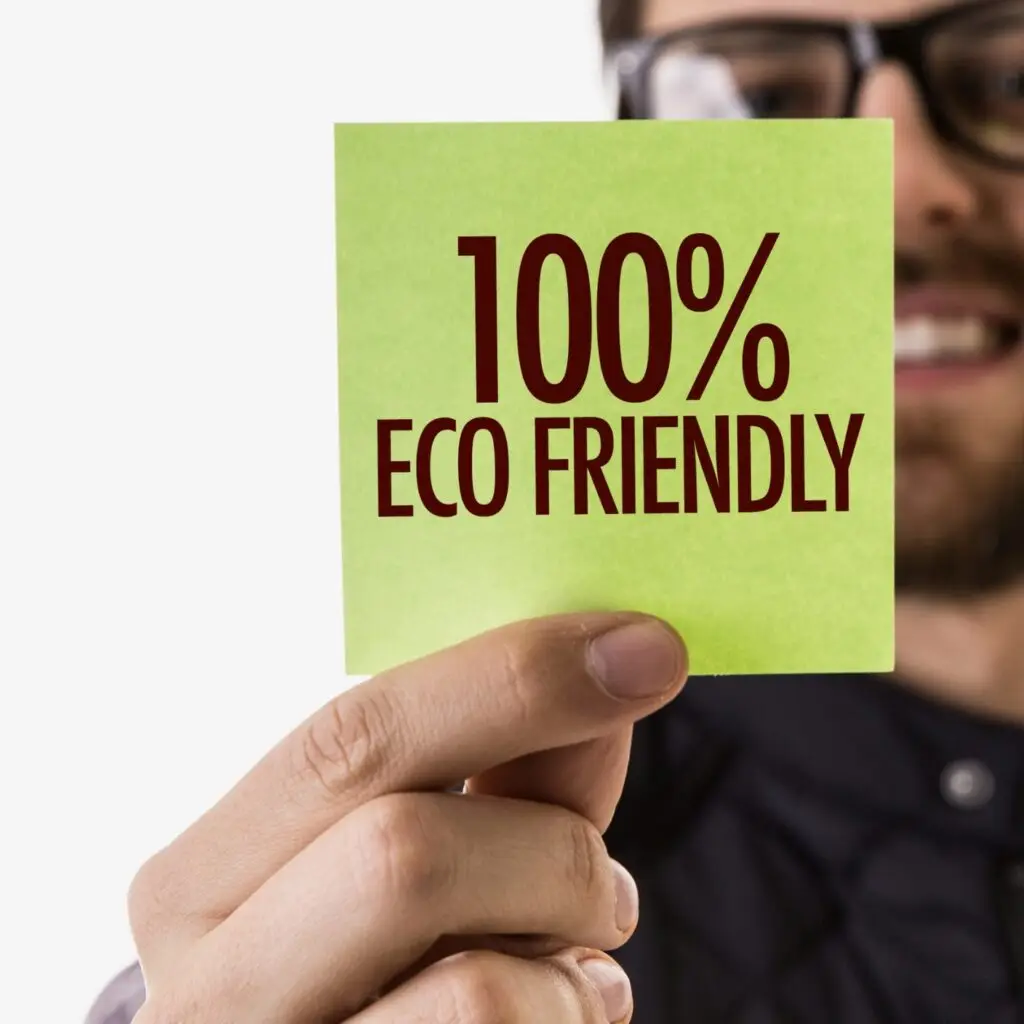
3. Overemphasis on One Small Green Feature
A brand might highlight one sustainable aspect of their product (e.g., “this bottle is made from recycled plastic”) while ignoring other environmental impacts. A truly sustainable brand looks at the entire life cycle of a product, from sourcing and production to disposal. Be cautious if a brand touts one “green” feature but fails to address other significant environmental concerns.
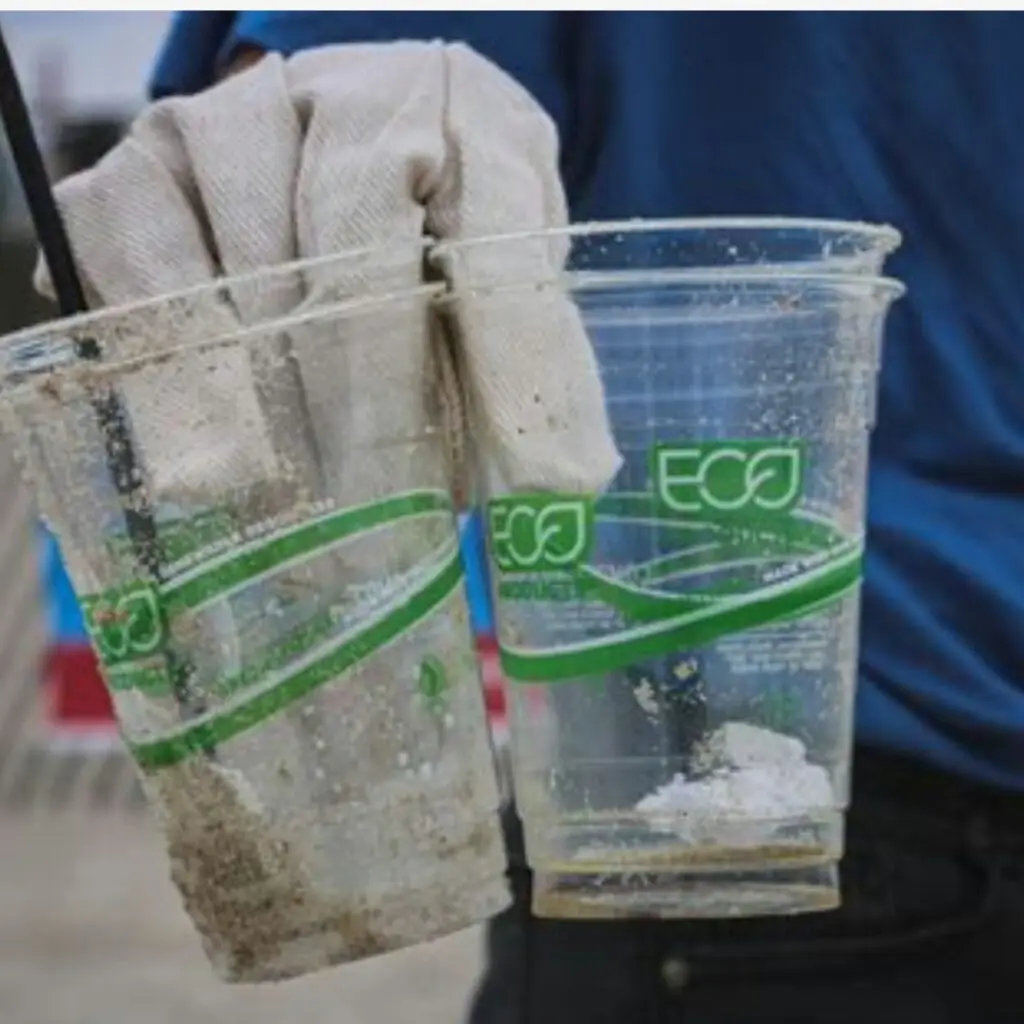
How to Choose Truly Ethical Brands
Now that you know how to spot greenwashing, let’s look at how you can find brands that are truly committed to sustainability and ethics.
1. Look for Certifications and Third-Party Verifications
The first step in choosing an ethical brand is checking for certifications. Authentic sustainability certifications come from reputable organizations that verify a brand’s claims. Some trusted certifications include:
- Fair Trade: Ensures fair wages and safe working conditions for workers.
- Global Organic Textile Standard (GOTS): Ensures the use of organic materials in textiles and environmentally responsible practices.
- B Corp Certification: Brands that are B Corps meet rigorous standards of social and environmental performance, accountability, and transparency.
- Cradle to Cradle: Focuses on sustainable and regenerative product design.

2. Research a Brand’s Transparency and Values
Truly ethical brands are open about their sustainability practices. Check their website, social media, and third-party sources to see how transparent they are. Do they share information about their supply chain? Are they open about the environmental and social impact of their products? If a brand is vague or avoids direct answers, it might be hiding something.

3. Read Reviews and Testimonials
Customer reviews and independent product reviews can provide valuable insights into whether a brand is genuinely sustainable or just jumping on the green bandwagon. Look for reviews from people who prioritize sustainability and pay attention to how the brand responds to customer feedback, especially regarding environmental practices.

4. Prioritize Quality and Longevity
Sustainable brands focus on durability and quality, ensuring that their products are built to last. Rather than promoting fast fashion, they design products that can withstand wear and tear, reducing the need for frequent replacements. When shopping, focus on purchasing high-quality pieces that are designed to stand the test of time.

Conclusion: Make Conscious, Ethical Choices
When you learn to spot greenwashing and prioritize truly sustainable brands, you become a part of the solution. By supporting companies that are genuinely committed to the planet and its people, you’re contributing to a more ethical, responsible fashion industry. Take the time to research, question claims, and demand transparency—your choices can make a powerful impact.
Now that you know how to choose ethical brands, start applying these principles the next time you shop. The future of fashion is sustainable, and it’s up to us as consumers to help create a more ethical world.
Have you ever encountered greenwashing? What brands do you trust for their ethical practices? Share your thoughts in the comments below!
At Planet Ideal, we’re on a mission to make sustainable living accessible for everyone. Our team of eco-enthusiasts writes short, snappy, and easy-to-digest articles designed to inspire real change without overwhelming. From practical tips to innovative ideas, we’re here to prove that living green can be stylish, convenient, and enjoyable. Join us as we empower individuals, families, and communities to embrace eco-friendly lifestyles—one step, one story, and one solution at a time.

